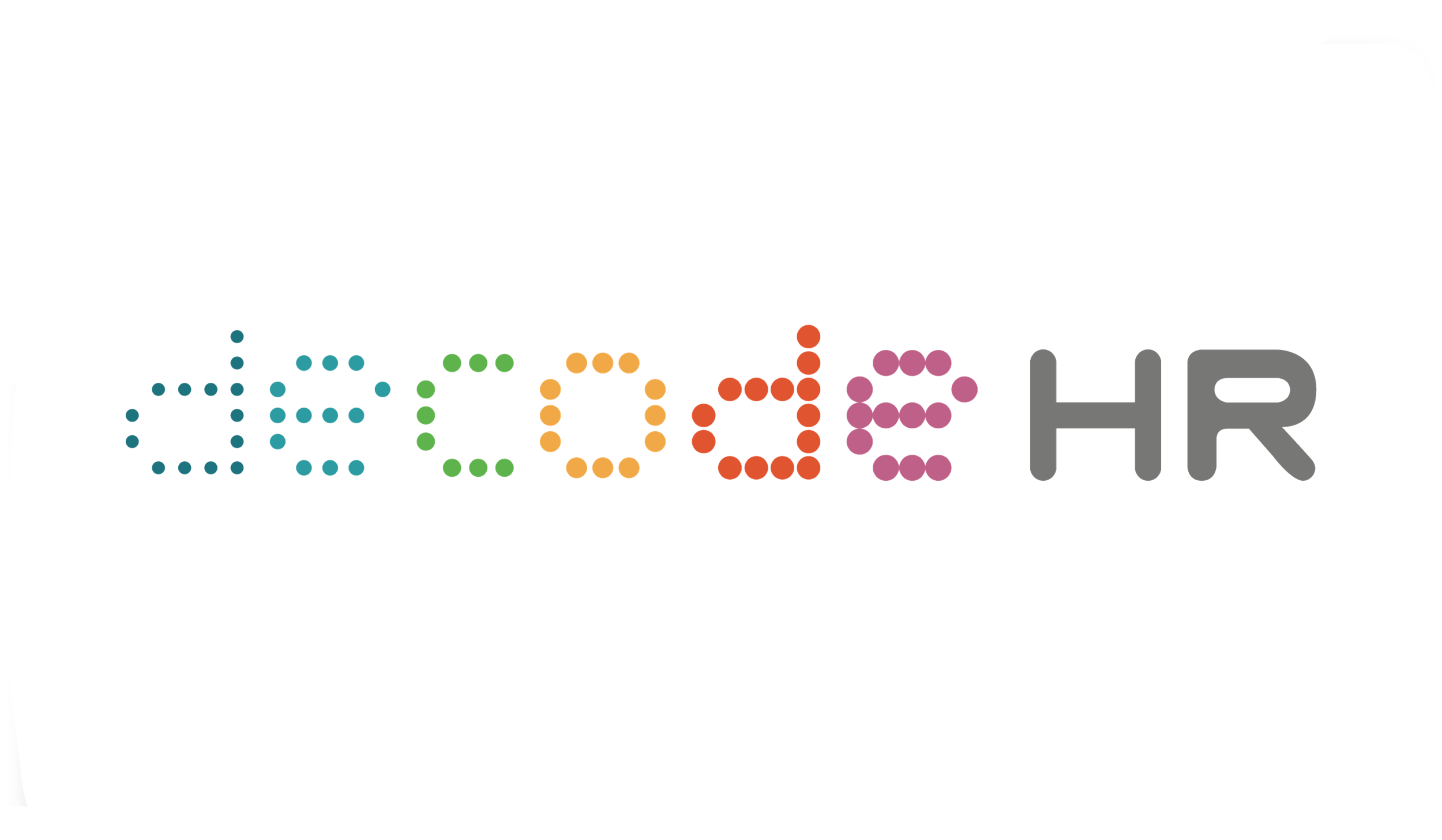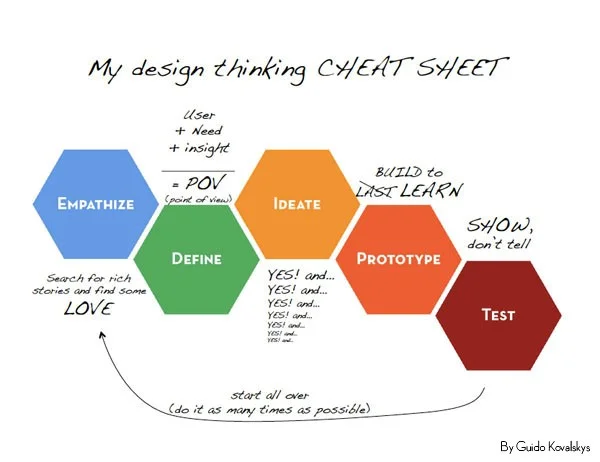Shift from Employee Engagement to Employee Experience
Reading time: 5 mins
For years, talent managers have followed the lead of their marketing counterparts in the race for engagement. Similar to how marketers focused on getting likes and comments on Instagram, many HR professionals have taken to measuring to what extent employees feel a personal bond to their company.
And yet, as technologies improve, marketers are increasingly moving away from chasing a reaction to instead looking at how to deconstruct all of the interactions and experiences a customer has with their brand. In doing so, they are finding new ways to increase the lifetime value of their customers.
This “experience” has real benefits for HR professionals too. But is Employee Experience ready to replace engagement as the “Holy Grail” of people management? And to what extent is it as important as other factors like compensation and incentives?
Employee Experience – A Fast-pass to Success
Imagine going to the bank and standing in a long queue. Without any indication of your wait time, you probably get impatient or even angry thinking of all the more enjoyable or important things you could do.
Disney executives faced a similar problem in their theme parks with long lines at rides. Knowing that waiting for an indefinite time was one of the biggest stress points for visitors, they initially installed signs showing the expected waiting time at certain points of the line. As technology improved, they created an app where you could follow real-time line lengths at rides throughout the day. Then they went a step further by enabling guests to short-cut lines in a transparent and orderly way using Fast-pass+.
In effect, what Disney did was to provide guests with an expectation of how their experience would unfold. Furthermore, they created opportunities for guests to self-serve to improve their own experience. If an experience involves a starting point (joining the line), a roadmap (waiting) and a destination point (“In 45 minutes, I’ll be on the ride”), this kind of planning helped vastly empower and create a positive (or at least neutral) feeling for guests in one of the most inherently unpleasant processes in the park.
Today, it’s very common for Disney World guests to wait an hour in a queue for a great ride without complaint. Clearly, you would never do so at your local bank.
Bringing It To the Office
The Disney example and their adherence to “experience mapping” shows that when you define expectations at the onset and empower customers to work with you to solve problems, it creates better outcomes. The same applies to a workplace. If your organization is making an effort to create opportunities and avoid roadblocks and employees have a sense of what to expect, it vastly decreases stress and increases enthusiasm. What’s more, their enthusiasm gets a jolt on a regular basis. This creates a positive feedback loop that hews to the desired culture and can increase employee performance.
And this is particularly important during a time where labour markets are tight and a generation of employees is getting more picky about where they work. In effect, employees have almost become “all-the-time consumers”, both in their personal and professional lives. To paraphrase John F. Kennedy, employees are proclaiming, “Ask not what we can do for our company, but what our company can do for us.” To plan based on experience is to accept that reality.
What’s more, a well-planned employee experience can even have a positive impact in recruitment even when compensation and incentives being offered aren’t at the top of the market range.
Every Day Is A (Motivating) Roller Coaster
In any given day, an employee can have interactions with literally dozens of different people, processes and systems. These include the company’s IT system, talent management system, learning opportunities, sales or performance expectations, lunch regulations or facilities and of course, their immediate supervisors. During the time in a company, their motivation will rise and fall depending on circumstances. This in turn will often lead to corresponding increases and decreases in their performance. Employee Experience Planning is thus a way to give employees the same thing as the queueing theme park visitor. A solid roadmap and a defined destination make those dips a lot less substantial and the rises a lot more fulfilling.
Take for example, learning and development. Many companies may have a good onboarding process but lack a roadmap for employee learning beyond that. Of course, employees probably receive training on a regular basis, but many times there’s no advance notice of where the training is leading them. By mapping out a learning journey, it provides the employee with a roadmap to their future and opportunities to give input and customize it to help them perform even better.
Overcoming the Challenge of Employee Experience
Whereas employee engagement requires mostly a top-down approach to people management, employee experience requires a simultaneous top-down and bottom-up approach. It rightfully assumes that the organization needs to earn employee loyalty in every aspect of its management instead of assuming it will just be there. Concurrently, it requires employees to speak up and take responsibility for helping to improve their own experience.
On a very superficial level, doing a few morale and culture-boosting events and encouraging certain work behaviours can create a “feel good” engagement. To the contrary, experience mapping brings engagement, culture and performance measuring and management into a cohesive common strategy. It makes the talent team a more significant player and a true partner in the success of the departments it serves. Taken together, that’s something that will bring a lot of happy emojis to any employer’s face.
This article is a guest contribution by Laserbeam Software
LaserBeam Software extensive background in the delivery and support of the Compensation process was born out of the experience of managing Compensation and other HR tools for one of the largest banks in the world. At the time, nearly 12 years ago, the cost of vendor products in the marketplace was horrendously expensive, complicated to deliver, use, and support. LaserBeam Software have never stopped working to achieve the goal of lowering the cost of delivery while achieving outstanding results. Their employees are extremely well trained, highly motivated and share our standards for getting it right the first time.
What to read next:
COPYRIGHT © 2020 DECODE HR PTE LTD. ALL RIGHTS RESERVED





